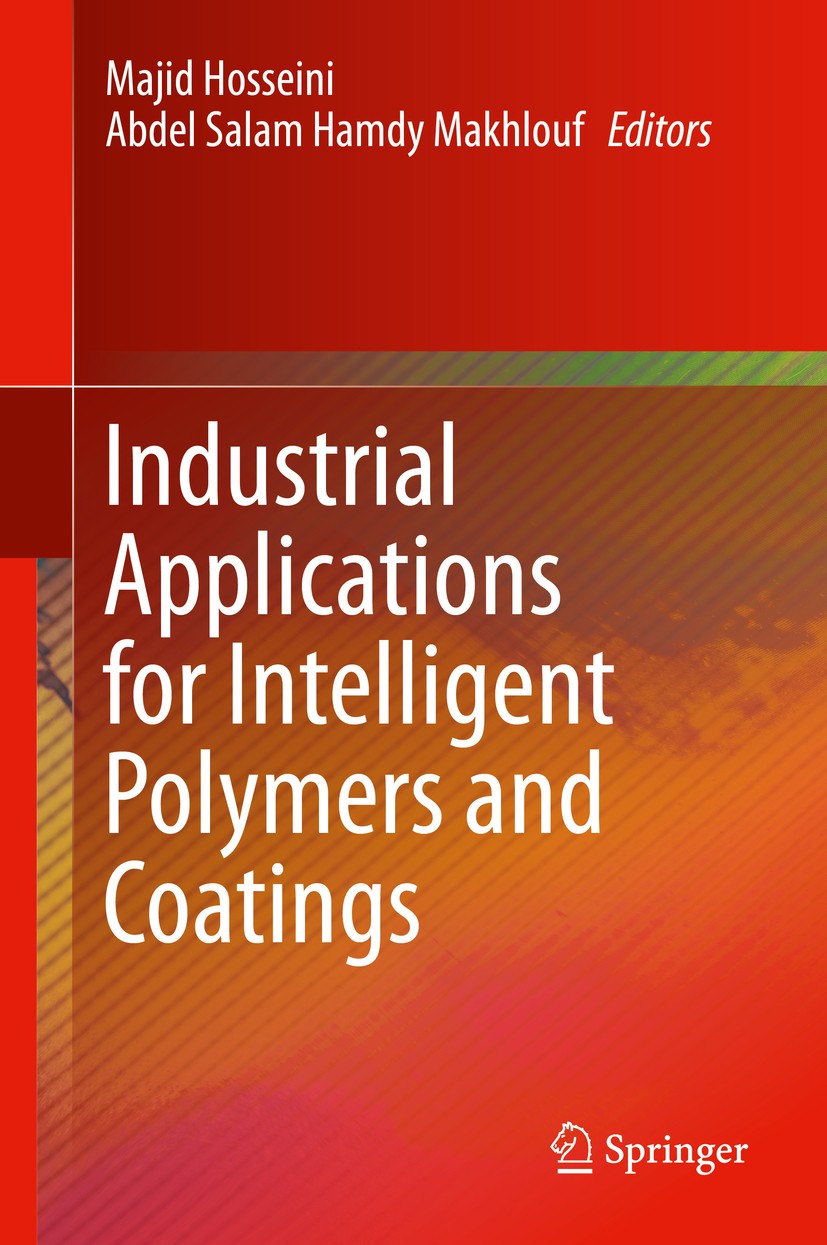| 书目名称 | Industrial Applications for Intelligent Polymers and Coatings | | 编辑 | Majid Hosseini,Abdel Salam Hamdy Makhlouf | | 视频video | http://file.papertrans.cn/464/463933/463933.mp4 | | 概述 | Contains an overview of the emerging advances and industrial applications of the different types of intelligent polymers and coatings, their major properties, structure, mechanics, and characterizatio | | 图书封面 |  | | 描述 | This book is a comprehensive collaboration on intelligent polymers and coatings for industrial applications by worldwide researchers and specialists. The authors cover the basis and fundamental aspects of intelligent polymers and coatings, challenges, and potential mechanisms and properties. They include recent and emerging industrial applications in medical, smart textile design, oil and gas, electronic, aerospace, and automobile industries as well as other applications including microsystems, sensors, and actuators, among others. The authors discuss the potential for future research in these areas for improvement and growth of marketable applications of intelligent polymers and coatings. | | 出版日期 | Book 2016 | | 关键词 | Coating Technology; Functional Materials; High Temperature Application; Intelligent Materials; Intellige | | 版次 | 1 | | doi | https://doi.org/10.1007/978-3-319-26893-4 | | isbn_softcover | 978-3-319-80036-3 | | isbn_ebook | 978-3-319-26893-4 | | copyright | Springer International Publishing Switzerland 2016 |
The information of publication is updating

|
|
 |Archiver|手机版|小黑屋|
派博传思国际
( 京公网安备110108008328)
GMT+8, 2025-11-20 06:33
|Archiver|手机版|小黑屋|
派博传思国际
( 京公网安备110108008328)
GMT+8, 2025-11-20 06:33


